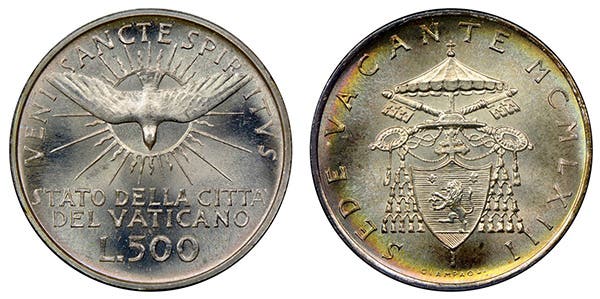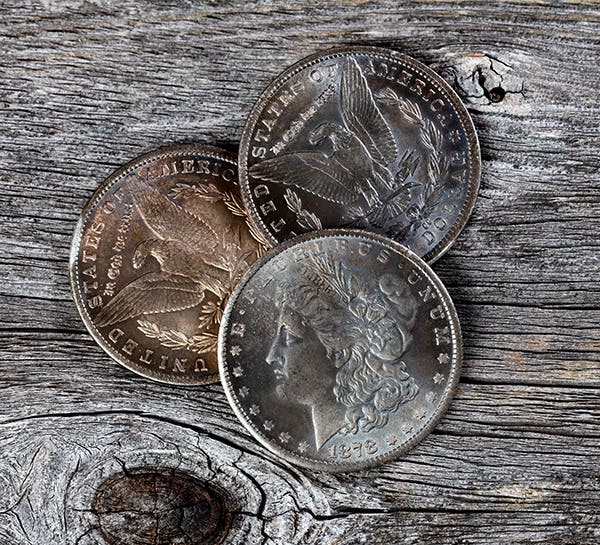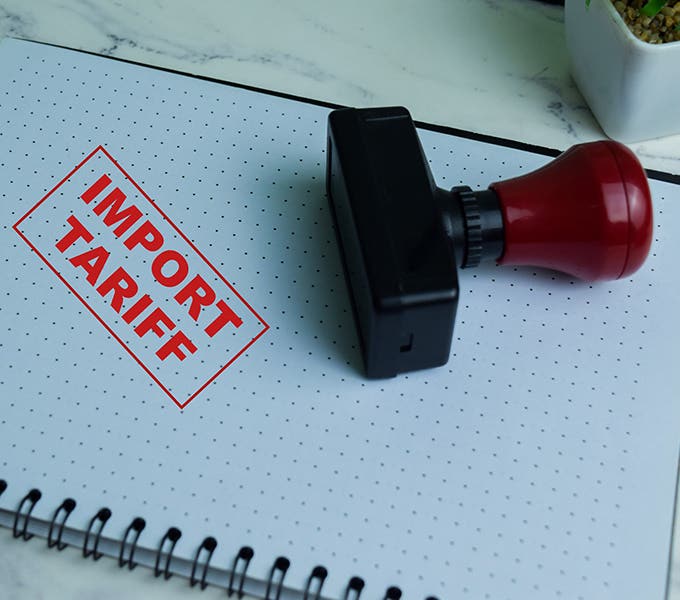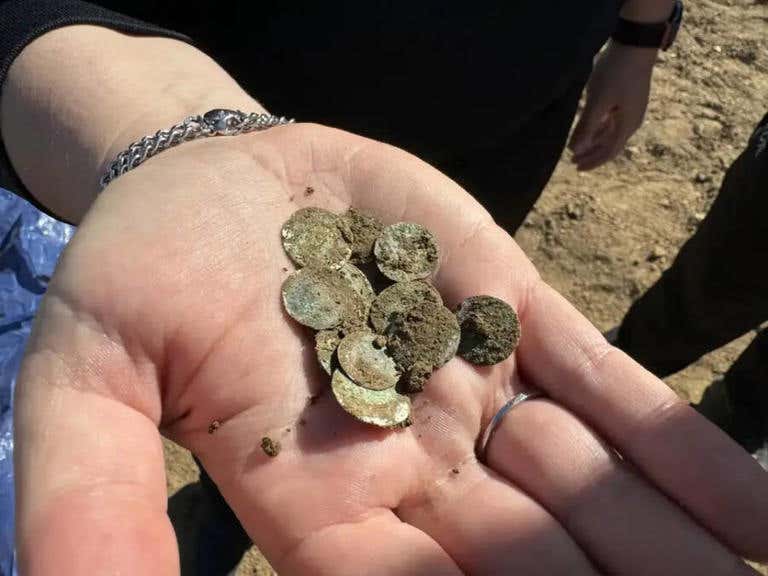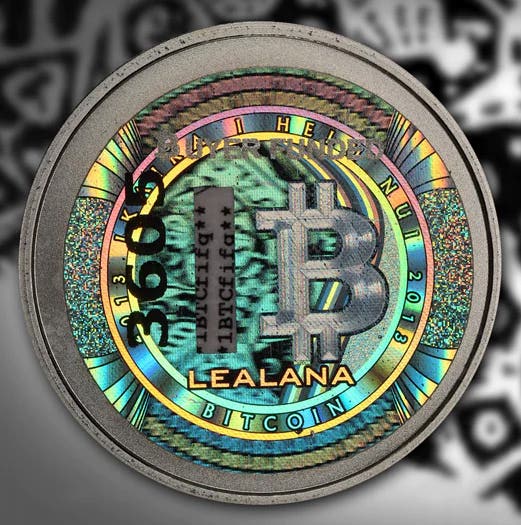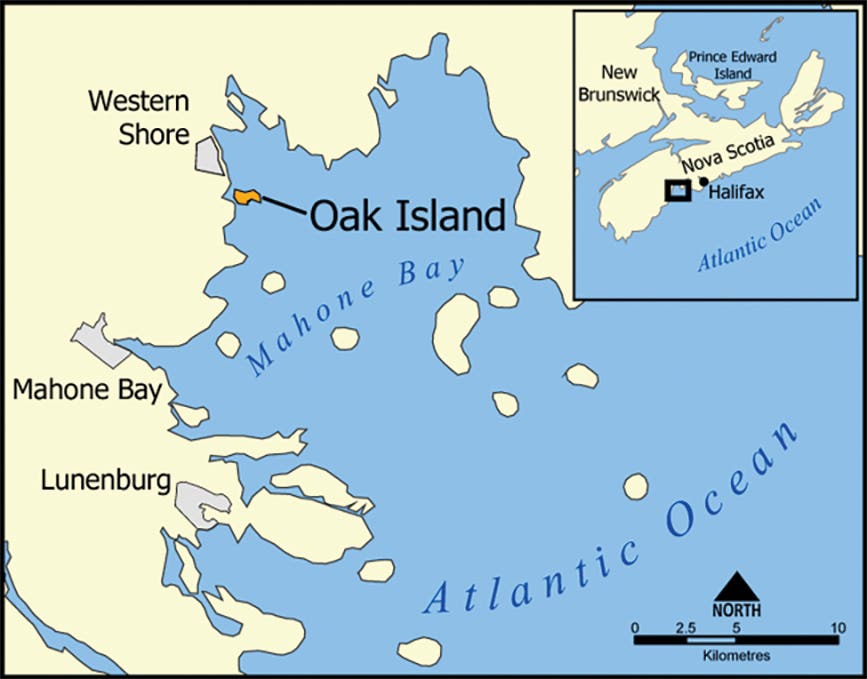Coin Clinic: Canvas bags now part of Mint history
Does anyone collect the bags in which coins are transported from the U.S. Mint for distribution?
By Richard Giedroyc
• Does anyone collect the bags in which coins are transported from the U.S. Mint for distribution?
Someone must, since the bags are sold on the U.S. Mint website. According to the website, “For almost a century, bags have been the most convenient method used to transport coins from the Mint facilities. These bags were sewn shut, and when emptied, were returned to the United States Mint for re-use. In the last few years, technological advancements have rendered canvas bags obsolete. Now the United States Mint utilizes special one-time use ‘bulk’ bags that hold a ton of coins and can only be moved by forklift. The canvas bag now joins other functional elements of the United States Mint’s past, like gold boxes, on the shelves of numismatic history. We had a number of canvas bags left over when we adopted the new technology, and have decided to make them available to collectors, especially those who feel the history of the United States Mint is as important as the history of its coinage.” The website notes that specific denomination requests cannot be accommodated.
• I understand the US Mint is looking into a laser guided proof coin finish. What is the advantage of this advanced technology?
It is my understanding this technology can create up to eight layers of frosting. The U.S. Mint is anticipating introducing coins using this finish either in 2014 or 2015.
• Reader Chip Cutcliff offers further information regarding the 1968 re-introduction of mintmarks.
[I] was just reading your answer to a reader’s question in the Nov. 26 Coin Clinic about a launch ceremony for the reintroduction of the mintmark in 1968. You mention that a ceremony was held in Denver, but production was already under way at the San Francisco Mint for the proof coins of 1968. An often overlooked fact here is that there was no mint in San Francisco from 1968 to 1974. Proof coins and regular strike coins produced at San Francisco during this period carry an “S” assay mark. The facility there was redesignated an assay office after coin production was shut down, I believe after the 1955-S coins were created. It did not return to mint status until a couple of years after 1974. This is a trivia question that will win you a few bets!
• As economic globalization continues to advance, what are the chances we may someday have a single internationally accepted currency system?
The virtual currency bitcoins may be a precursor to such a system. Bitcoins can be exchanged online into the physical or virtual currency of any particular country based solely on supply and demand. On the other hand, despite the many currency unions that are now in play or on the horizon it is unlikely the politicians of the world will ever be willing to give up control of their domestic economic purse strings through an international central bank that would be required for such a system to exist.
• Why is it that if I have a heavily patinated copper U.S. coin, collectors don’t like it, yet if I have a heavily patinated ancient coin collectors prefer it?
Collectors of ancient coins understand that virtually all such coins were recovered from the ground. A patina is expected on bronze and copper ancient coins for that reason. The more attractive the patina, the more value they place on this coins. U.S. coin collectors expect their their coppers to have been recovered from someone’s hoard rather than from the earth. It is all a matter of expectations.
E-mail inquiries only. Do not send letters in the mail. Send to Giedroyc@Bright.net. Because of space limitations, we are unable to publish all questions.
More Coin Collecting Resources:
• Strike it rich with this U.S. coins value pack.
• Get the 2012 Coin of the Year – limited quantities remain!
• Build an impressive collection with Coin Collecting 101.
• IT’S HERE! Order the 2014 North American Coins & Prices.



